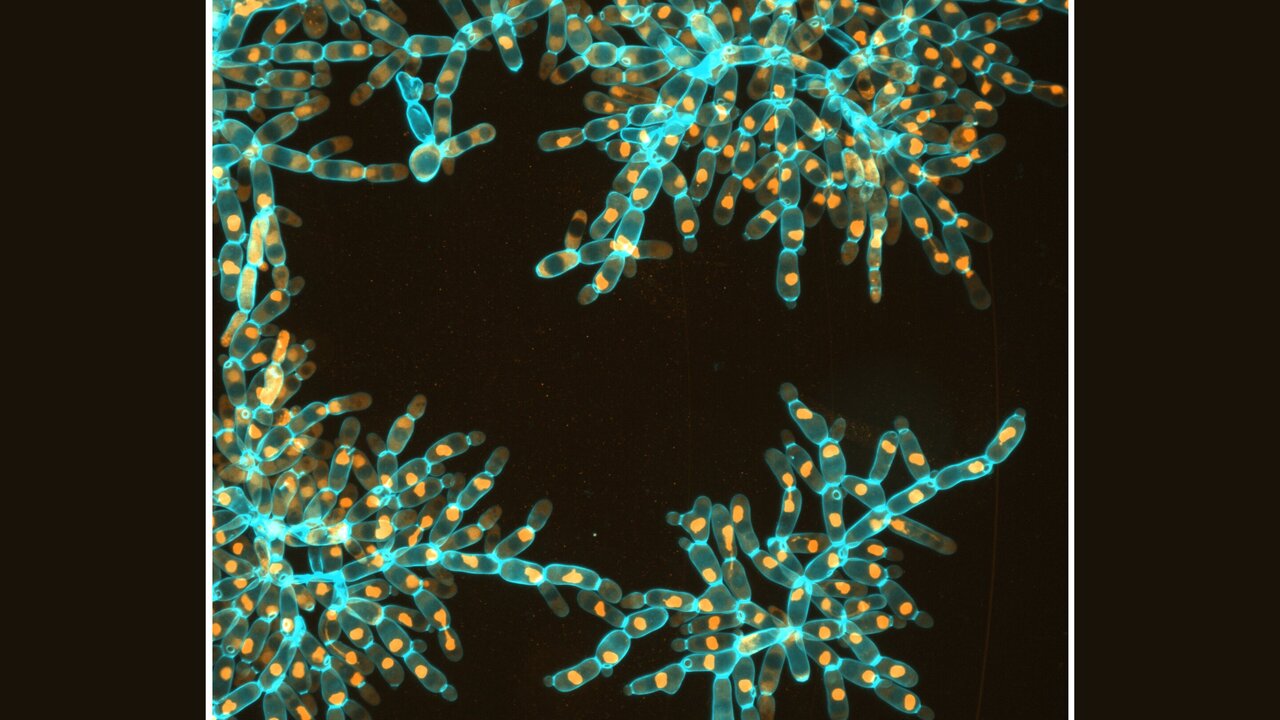To do this, scientists embarked on a decades-old project to reproduce evolutionary processes in the lab. The eukaryote, a nuclear organism whose genome was completely deciphered for the first time in 1996, was chosen as the experimental material. This is a unicellular yeast Saccharomyces cerevisiae, which is widely used in the manufacture of confectionery, baked goods and alcohol.
The size of this organism cannot be seen without a powerful microscope, but in the course of evolution in a test tube, scientists managed to increase the yeast by 20 thousand times – to the body size of fruit flies. The scientists observed the growth of eukaryotes in a series of experiments and selected the largest and fastest growing cells. And three thousand generations later, they got the first obvious result.
At the same time, individual structures became strong and rigid, like wood. To understand how this happened, the scientists used a scanning electron microscope to examine multicellular clusters and saw a portion of the growing cells.
“We found that there is an entirely new physical mechanism that allows the groups to grow to very, very large sizes. The “branches” of the yeast became entangled – the clump cells began to behave like ivy, wrapping around each other and reinforcing the whole structure,” said Ozan Bozdag, co-author of the study.
Source: Ferra
I am a professional journalist and content creator with extensive experience writing for news websites. I currently work as an author at Gadget Onus, where I specialize in covering hot news topics. My written pieces have been published on some of the biggest media outlets around the world, including The Guardian and BBC News.











